Home>Furniture & Design>Living Room Furniture>How Big Should A Mirror Be Over A Console Table
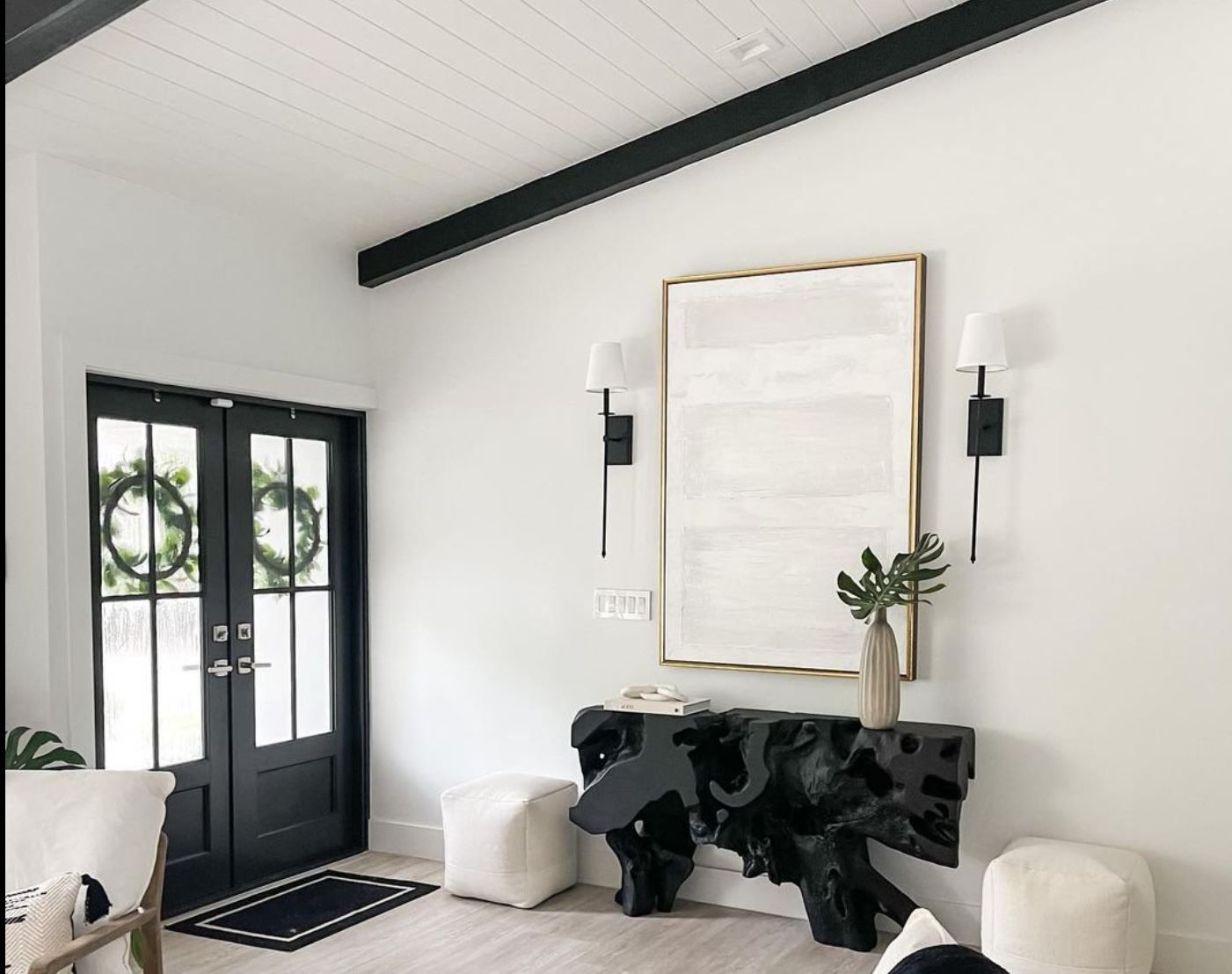

Living Room Furniture
How Big Should A Mirror Be Over A Console Table
Modified: December 28, 2023
Discover the perfect mirror size for your console table in the living room. Get expert tips on living room furniture and design.
(Many of the links in this article redirect to a specific reviewed product. Your purchase of these products through affiliate links helps to generate commission for Storables.com, at no extra cost. Learn more)
Introduction
When it comes to decorating a living room, the mirror over a console table can serve as a stunning focal point. Not only does it add depth and dimension to the space, but it also reflects light and creates an illusion of a larger, more open room. However, determining the ideal size of the mirror to hang over a console table can be a challenging task. It’s essential to strike a balance between aesthetics and functionality to achieve a harmonious and visually appealing arrangement.
In this comprehensive guide, we’ll delve into the various factors to consider when choosing the size of a mirror for your console table. From proportion and scale to functionality and style, we’ll explore the intricacies of this design decision, empowering you to make an informed choice that elevates the ambiance of your living room.
Key Takeaways:
- Choose a mirror size that matches your console table width and room proportions for a visually balanced and harmonious living room arrangement.
- Consider the mirror’s functionality and design to reflect light, create captivating compositions, and complement your living room’s aesthetic for a visually stunning and practical space.
Read more: How Big Should The Mirror Be Over The Vanity
Factors to Consider
When determining the size of a mirror to hang over a console table, several essential factors come into play. By carefully considering these elements, you can ensure that the mirror not only complements the overall design of the living room but also fulfills its practical purposes.
- Room Size: The dimensions of the living room play a pivotal role in determining the appropriate size of the mirror. In a small room, an oversized mirror may overwhelm the space, while a tiny mirror in a large room might appear insignificant. Assess the proportions of the room to gauge the suitable scale for the mirror.
- Console Table Dimensions: The size of the console table is another crucial consideration. The mirror should ideally correspond to the width of the table. A general rule of thumb is to select a mirror that is not wider than the table to maintain visual balance.
- Ceiling Height: The vertical space between the console table and the ceiling is a key factor in determining the height of the mirror. A tall ceiling can accommodate a larger mirror, while a lower ceiling may necessitate a more compact size to prevent the room from feeling overcrowded.
- Intended Effect: Consider the desired visual impact of the mirror. If the goal is to create a bold statement or to make the room appear more spacious, a larger mirror may be preferable. Conversely, a smaller mirror can add a touch of elegance without overpowering the space.
- Lighting and Reflection: Evaluate the positioning of light sources in the room. A strategically placed mirror can amplify natural light and enhance the ambiance. Additionally, consider what elements or views you want the mirror to reflect, as this can influence the ideal size and placement.
By taking these factors into account, you can make an informed decision regarding the size of the mirror over your console table, ensuring that it harmonizes with the room’s dimensions and contributes to the overall aesthetic appeal.
Proportion and Scale
Proportion and scale are fundamental principles in interior design, and their significance is particularly pronounced when selecting a mirror for a console table. The relationship between the mirror, the table, and the surrounding space greatly influences the visual impact of the arrangement.
One of the primary considerations when assessing proportion is the size of the mirror relative to the console table. The mirror should ideally be narrower than the table to maintain a sense of equilibrium. If the mirror exceeds the width of the table, it can create a disproportionate and jarring effect, disrupting the visual harmony of the space. Conversely, a mirror that is too small may appear inconsequential and fail to make a significant visual impact.
Furthermore, the scale of the mirror should align with the dimensions of the room. In a compact living room, an oversized mirror can overpower the space, making it feel cramped. Conversely, in a spacious room, a small mirror may seem lost amidst the expanse of the walls. By carefully considering the scale of the mirror in relation to the room size, you can strike a harmonious balance that enhances the visual appeal of the living room.
It’s also essential to consider the height of the mirror in relation to the console table and the surrounding elements. A mirror that is too tall or too short in comparison to the table can disrupt the flow of the space and detract from the overall aesthetic. By ensuring that the mirror is proportionate to the table and complements the vertical dimensions of the room, you can create a visually pleasing composition that elevates the ambiance of the living room.
By carefully evaluating the proportion and scale of the mirror in relation to the console table and the room, you can curate a visually compelling arrangement that enhances the overall aesthetic and ambiance of the living space.
A general rule of thumb is to choose a mirror that is about 2/3 the width of the console table. This will create a visually balanced look and provide a good proportion for the space.
Functionality
While the aesthetic appeal of a mirror over a console table is undeniable, it’s equally important to consider the functionality it brings to the living room. A well-chosen mirror not only enhances the visual allure of the space but also serves practical purposes, contributing to the functionality of the room.
One of the primary functional benefits of a mirror is its ability to reflect light, thereby brightening the room and creating a sense of spaciousness. Placing a mirror strategically above a console table can amplify natural or artificial light sources, infusing the room with radiance and eliminating dark, shadowy areas. This not only enhances the ambiance but also makes the room feel more inviting and expansive.
Additionally, a carefully positioned mirror can offer captivating reflections of noteworthy elements within the living room, such as artwork, architectural features, or scenic views from windows. By thoughtfully considering what the mirror will reflect, you can create captivating visual compositions that add depth and interest to the space.
Moreover, mirrors can play a pivotal role in improving the flow and circulation of energy within the room, particularly in the practice of feng shui. Strategically placed mirrors can redirect and enhance the flow of positive energy, or chi, throughout the living room, contributing to a harmonious and balanced environment.
Functionality also extends to the practical utility of the mirror. Depending on its placement, a mirror over a console table can serve as a convenient spot for a last-minute appearance check before stepping out or as a reflective surface for decorative arrangements, such as vases or sculptures atop the table. Furthermore, it can visually anchor the console table, creating a cohesive and purposeful vignette within the living room.
By considering the functional aspects of a mirror over a console table, you can ensure that it not only enhances the aesthetic appeal of the living room but also contributes to the practicality and functionality of the space, ultimately enriching the overall living experience.
Style and Design
When selecting a mirror to hang over a console table, it’s essential to consider how the style and design of the mirror harmonize with the overall aesthetic of the living room. The mirror serves as a prominent decorative element, and its style and design can significantly influence the ambiance and visual appeal of the space.
One of the key considerations is the frame of the mirror. The frame plays a pivotal role in determining the mirror’s visual impact and its compatibility with the existing decor. For a traditional or classic living room, ornately carved or gilded frames can imbue a sense of opulence and timeless elegance. In contrast, sleek, minimalist frames are well-suited for modern or contemporary spaces, adding a touch of understated sophistication.
Furthermore, the shape of the mirror can contribute to the overall design scheme. A rectangular or square mirror exudes a sense of structure and formality, making it an ideal choice for creating a polished and refined ambiance. On the other hand, round or oval mirrors impart a softer, more organic feel, infusing the room with a sense of fluidity and grace. The choice of shape can complement the existing design elements and contribute to the overall visual harmony of the living room.
Consider the design of the mirror in relation to the console table as well. If the table features intricate detailing or a specific design motif, the mirror can echo or complement these elements, creating a cohesive and unified aesthetic. Conversely, a contrasting mirror design can serve as a striking focal point, adding visual interest and dynamism to the space.
It’s also essential to consider the reflective surface of the mirror. Some mirrors feature beveled edges or antiqued finishes, adding texture and depth to the reflective surface. These subtle details can contribute to the overall tactile and visual richness of the living room, elevating the design scheme and creating a captivating interplay of light and shadow.
By carefully considering the style and design of the mirror in conjunction with the overall aesthetic of the living room, you can curate a visually compelling arrangement that enhances the ambiance and reflects your personal style and design preferences.
Conclusion
Choosing the right size for a mirror over a console table is a nuanced and multifaceted decision that encompasses aesthetic, functional, and design considerations. By evaluating factors such as room size, table dimensions, and ceiling height, you can ensure that the mirror harmonizes with the spatial dynamics of the living room, creating a visually balanced composition.
Proportion and scale play a crucial role in determining the visual impact of the mirror arrangement. By carefully assessing the relationship between the mirror, the table, and the surrounding space, you can curate a composition that enhances the aesthetic appeal and ambiance of the living room.
Functionality is equally important, as the mirror should not only contribute to the visual allure of the space but also serve practical purposes such as reflecting light, creating captivating visual compositions, and improving the flow of energy within the room.
Style and design considerations further enrich the decision-making process, allowing you to select a mirror that aligns with the overall design scheme and complements the existing decor, ultimately contributing to a cohesive and visually compelling living room aesthetic.
In essence, choosing the right size for a mirror over a console table involves a thoughtful and holistic approach that considers the interplay of aesthetics, functionality, and design. By carefully evaluating these factors, you can curate a visually captivating and harmonious arrangement that elevates the ambiance of your living room, creating a space that is both visually stunning and functionally enriching.
Frequently Asked Questions about How Big Should A Mirror Be Over A Console Table
Was this page helpful?
At Storables.com, we guarantee accurate and reliable information. Our content, validated by Expert Board Contributors, is crafted following stringent Editorial Policies. We're committed to providing you with well-researched, expert-backed insights for all your informational needs.
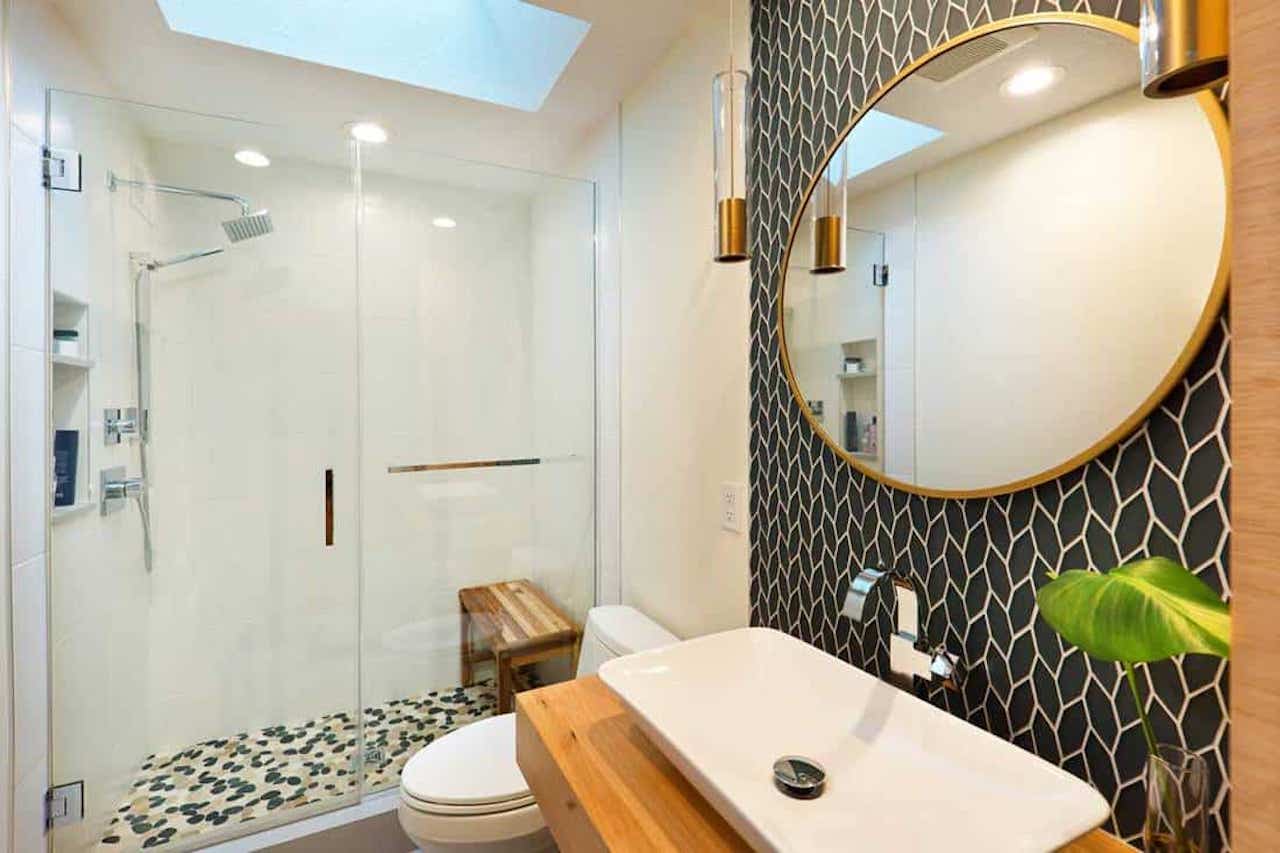
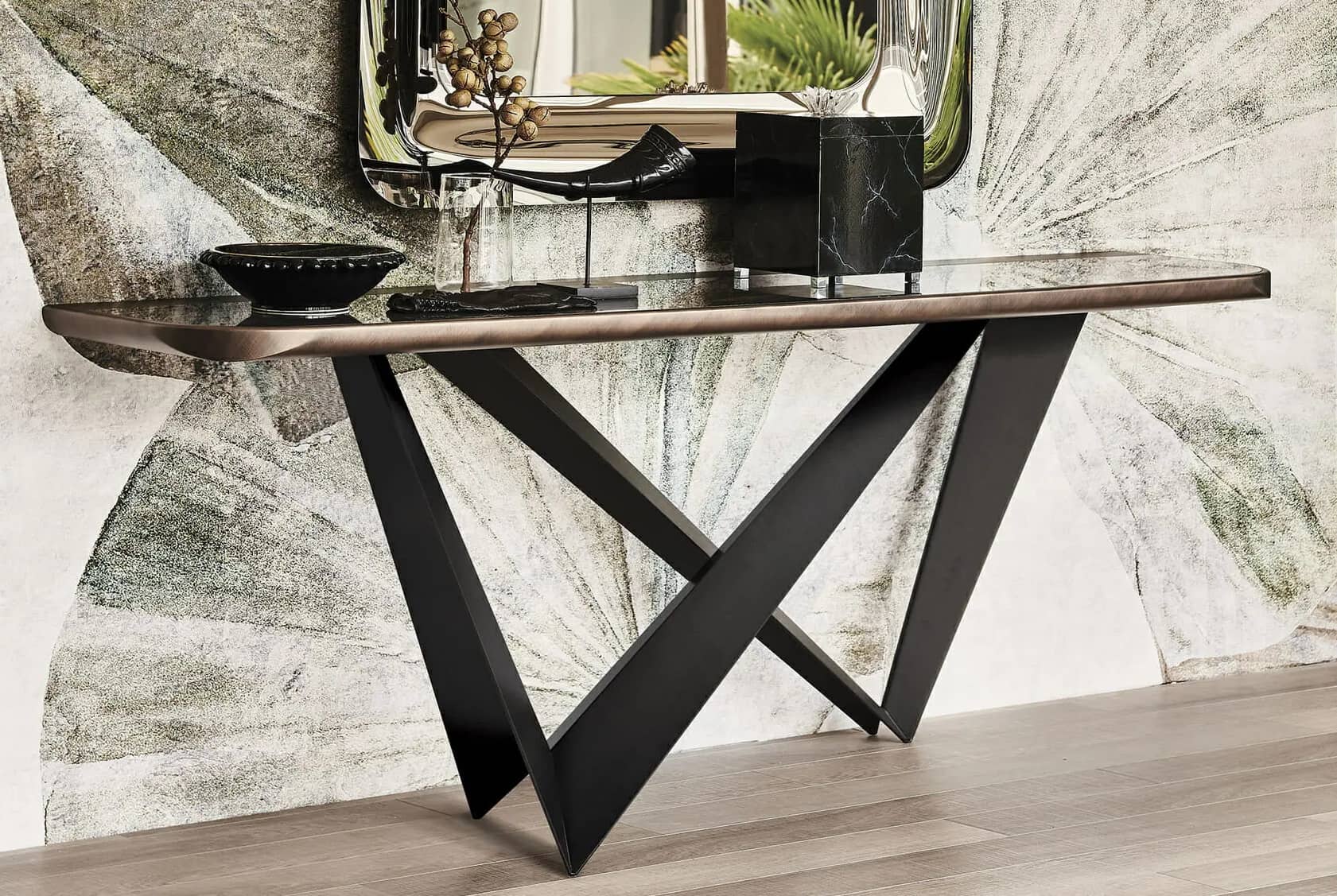
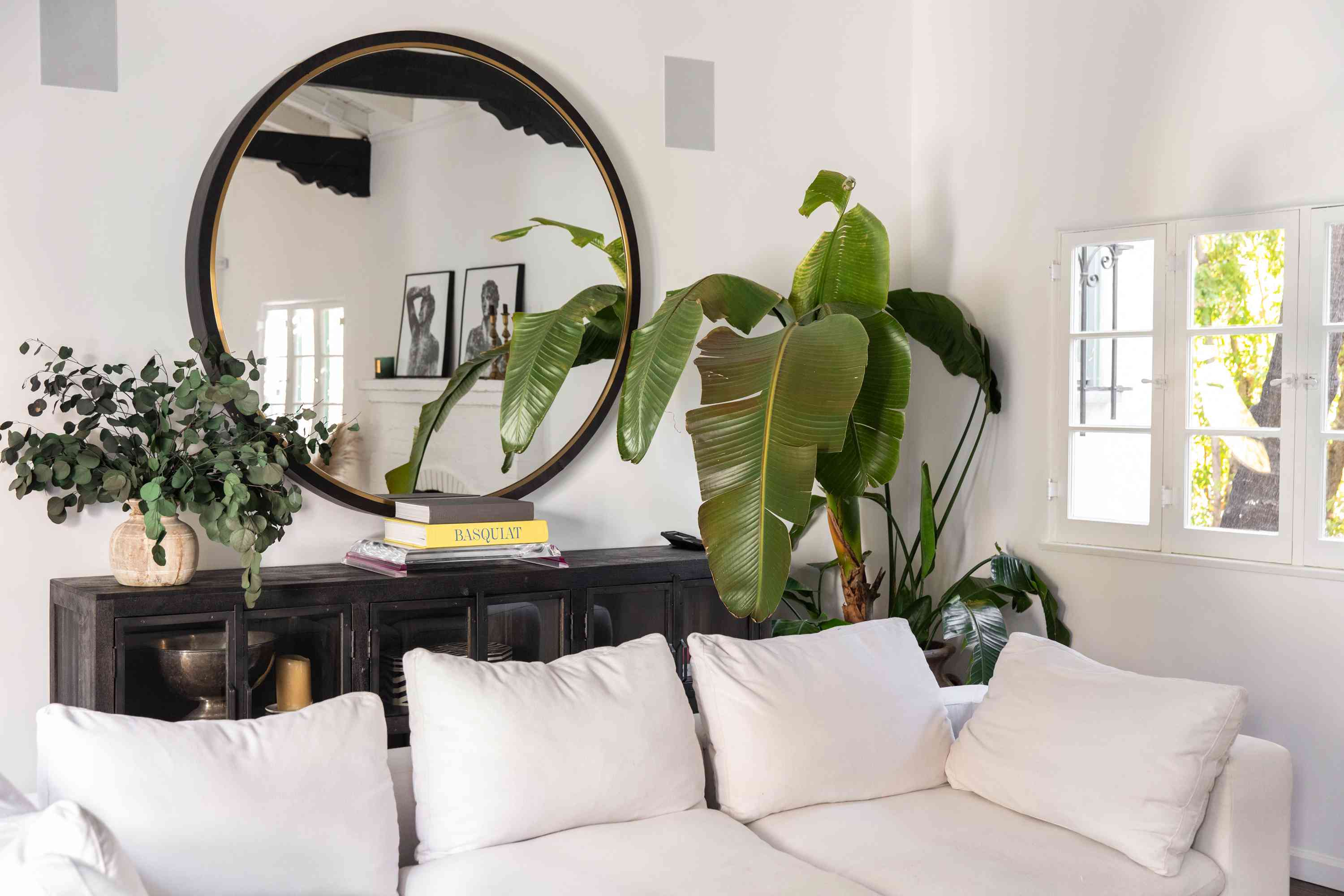
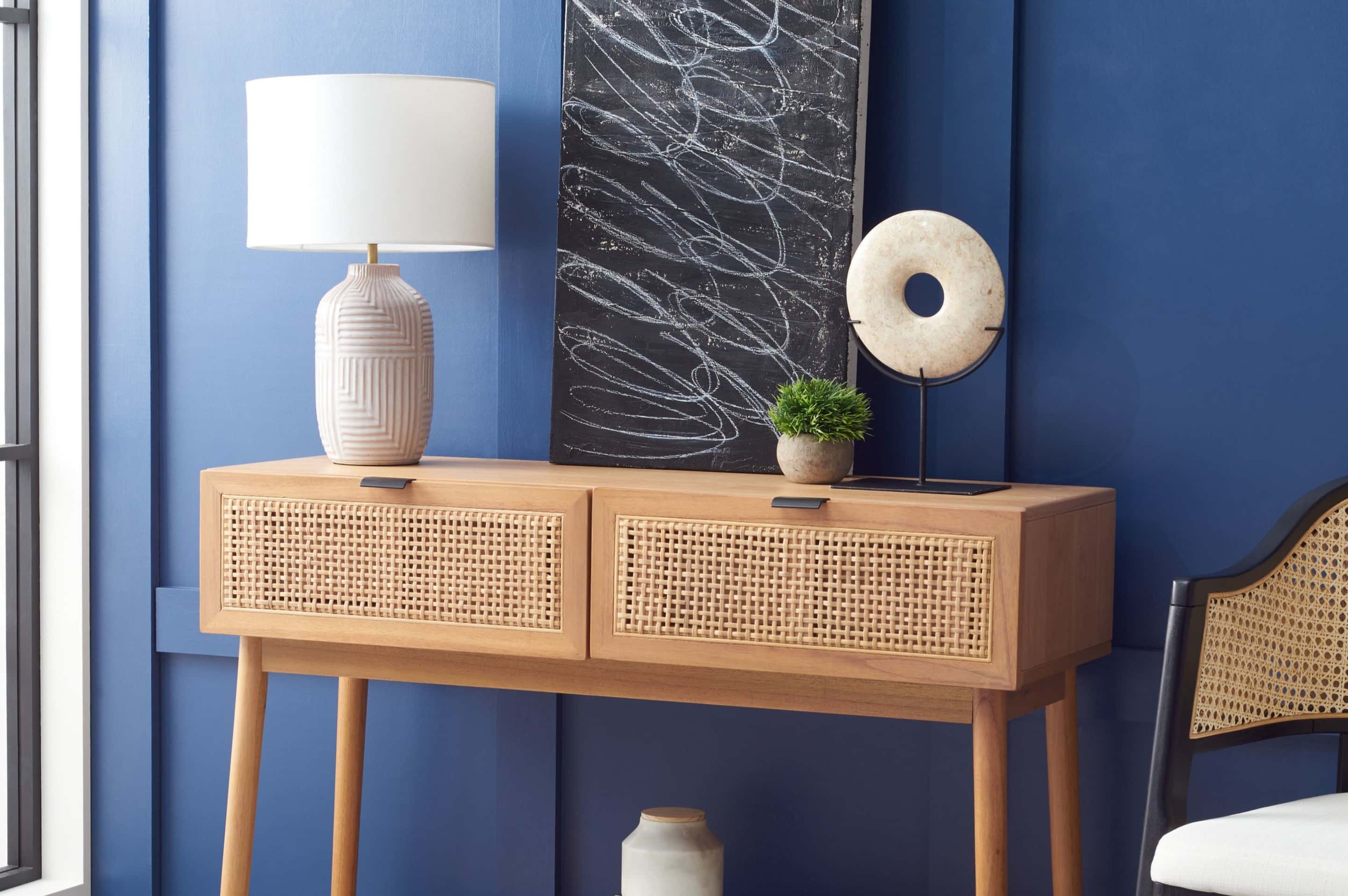
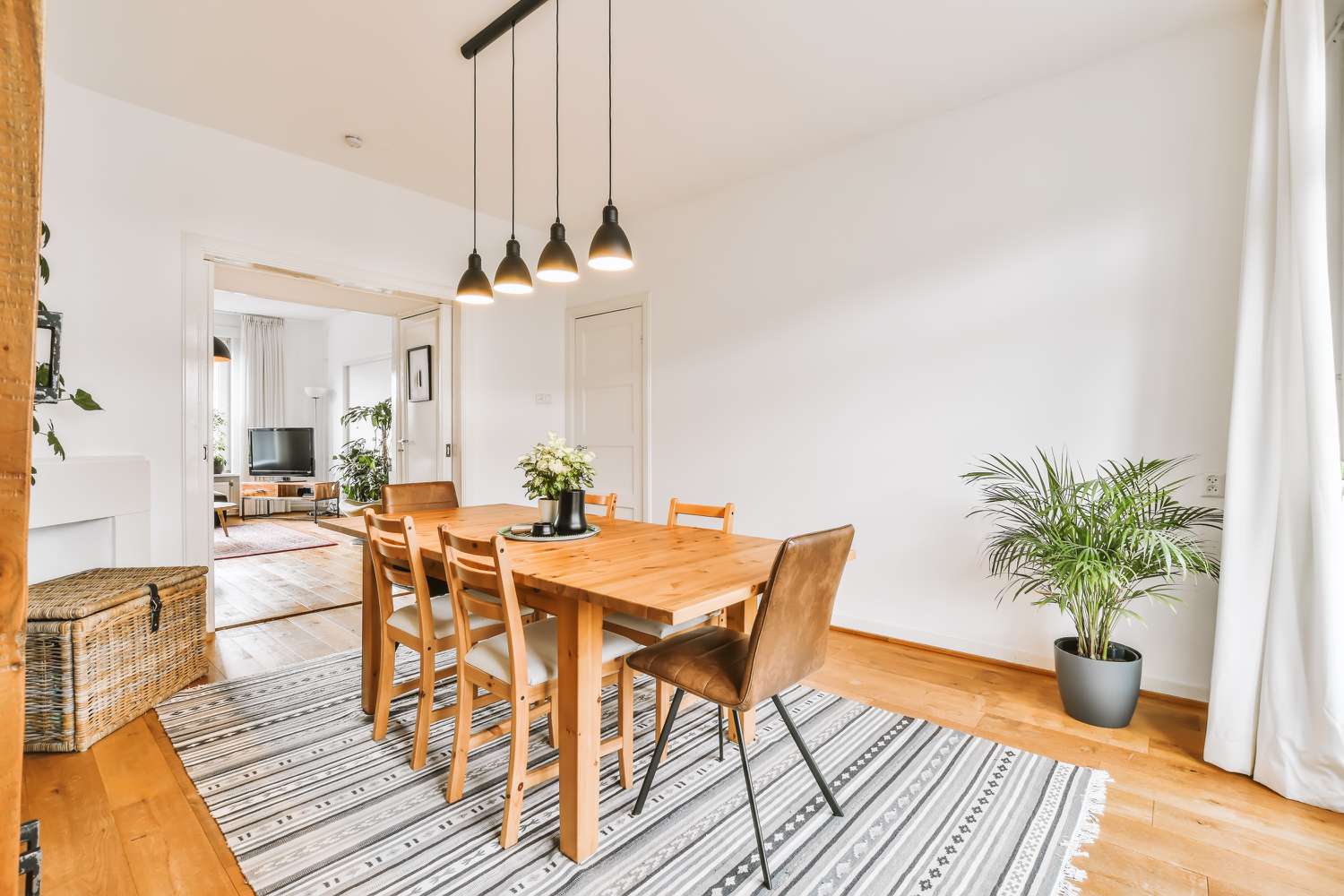
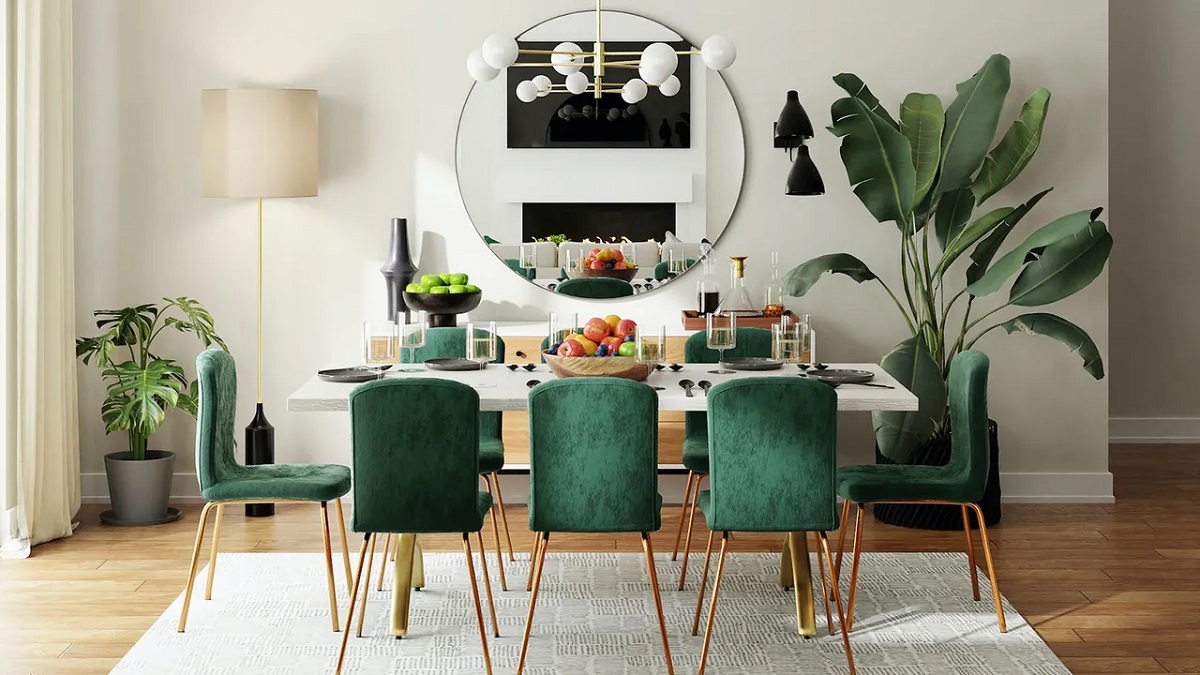
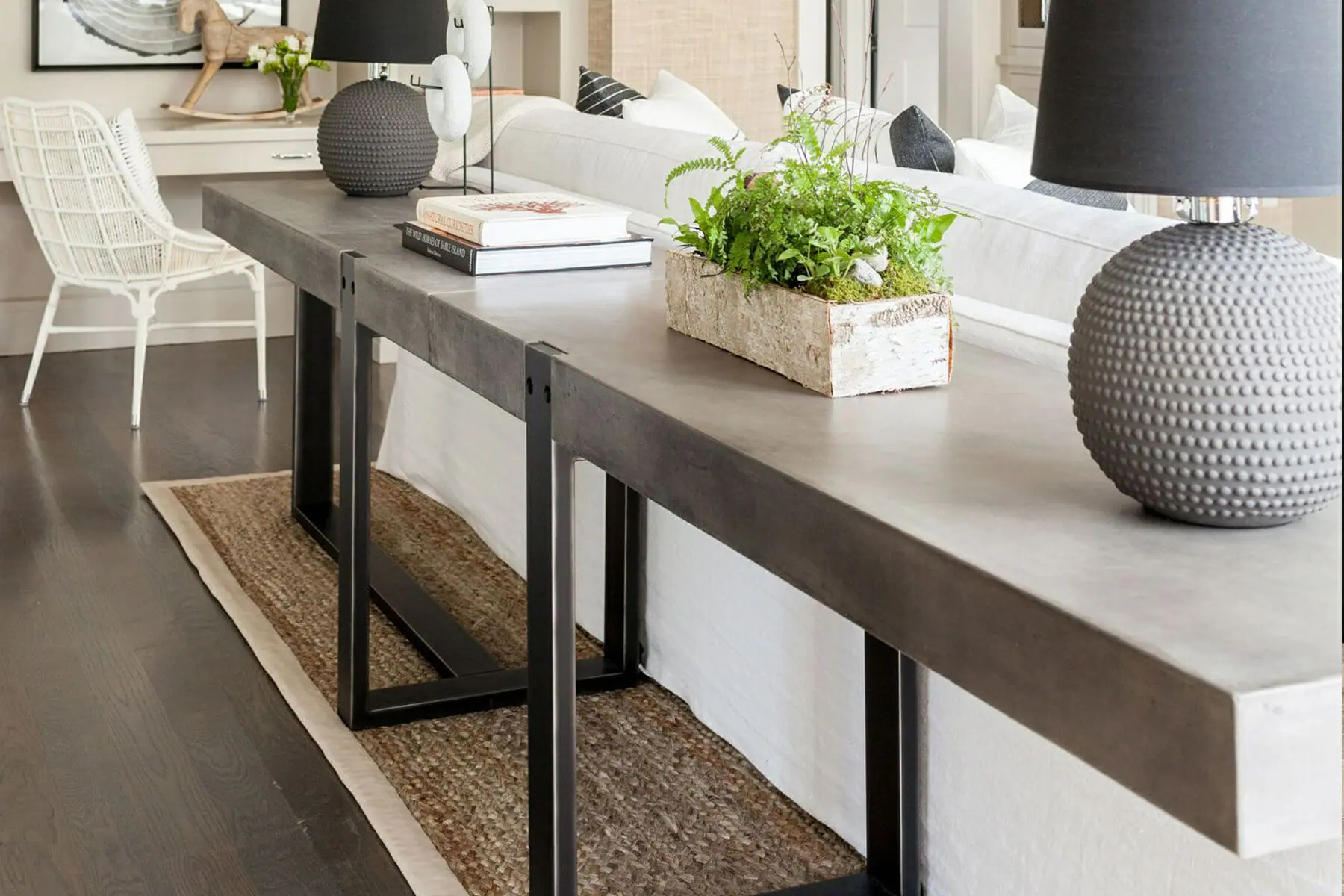
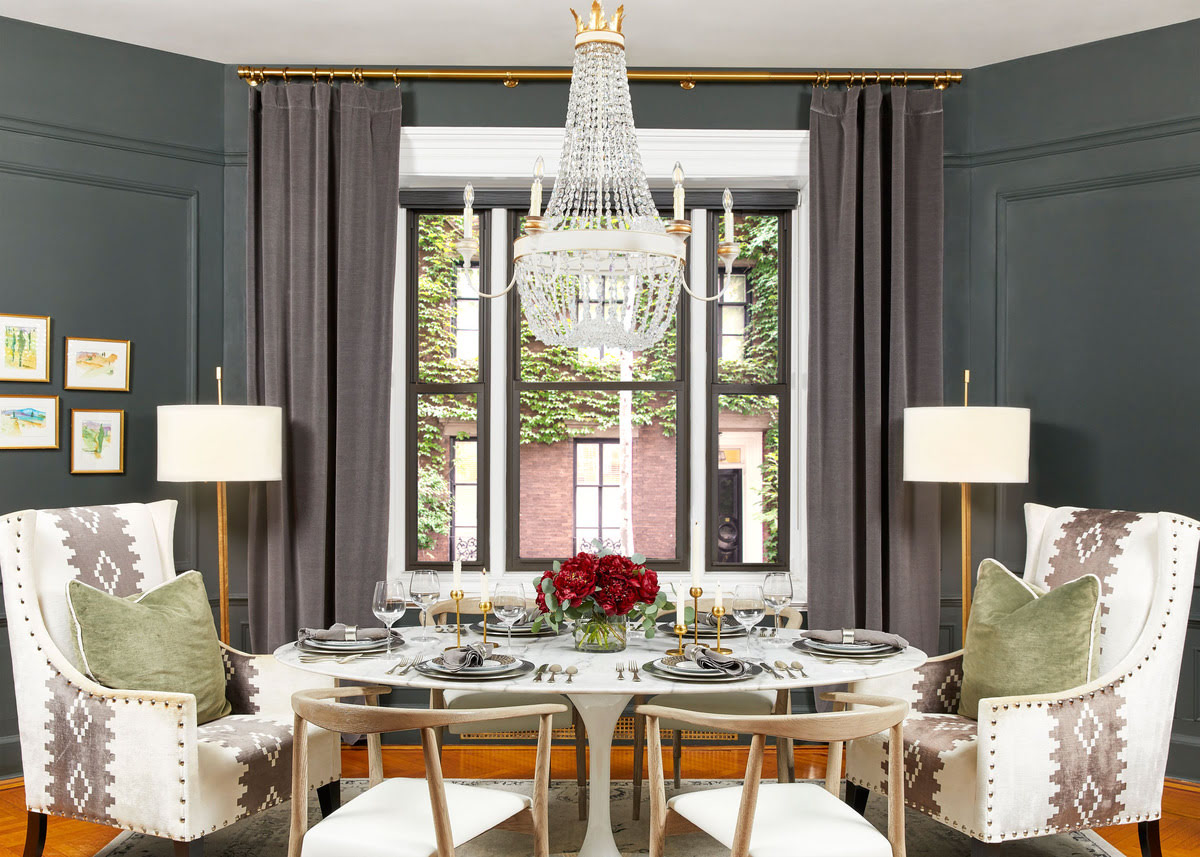
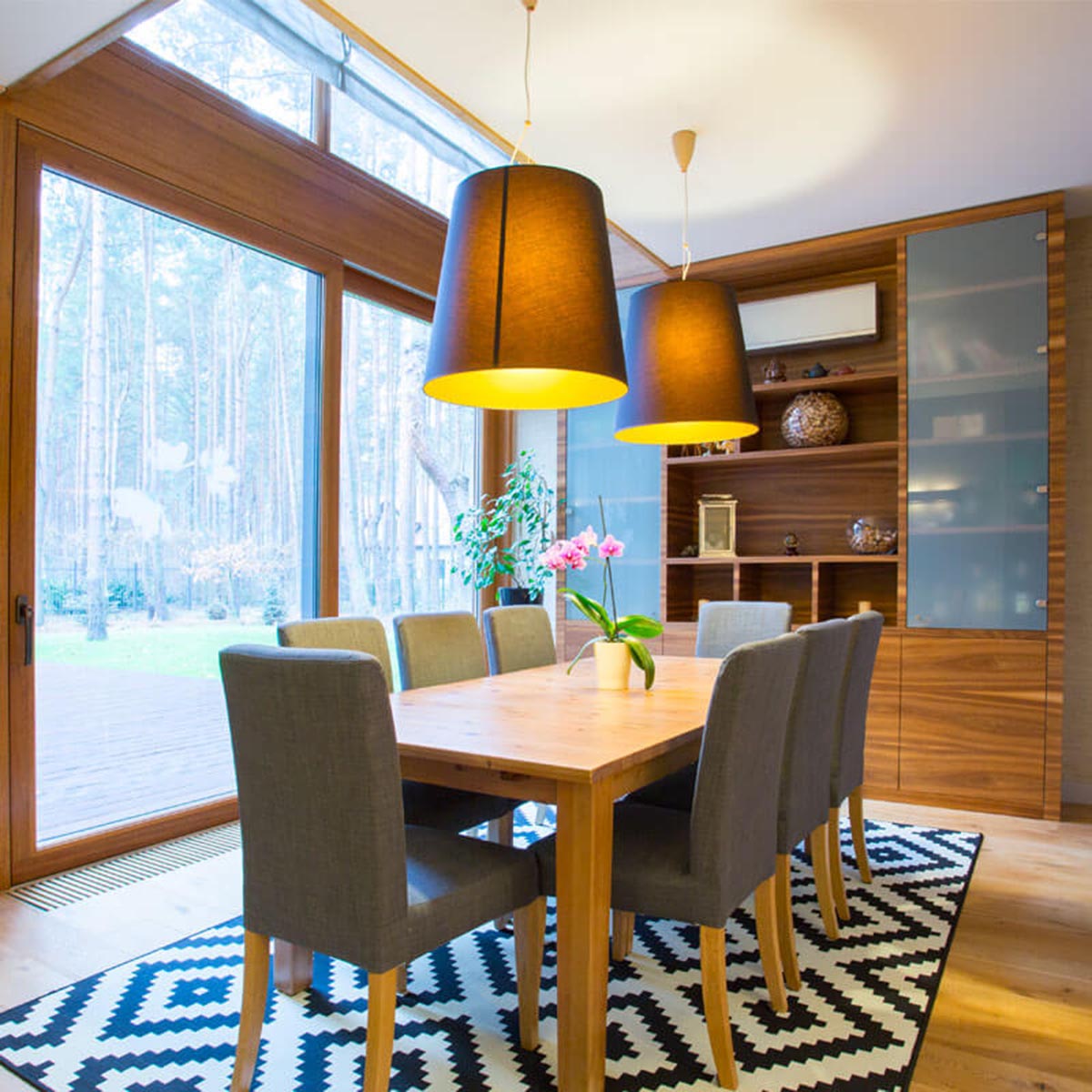
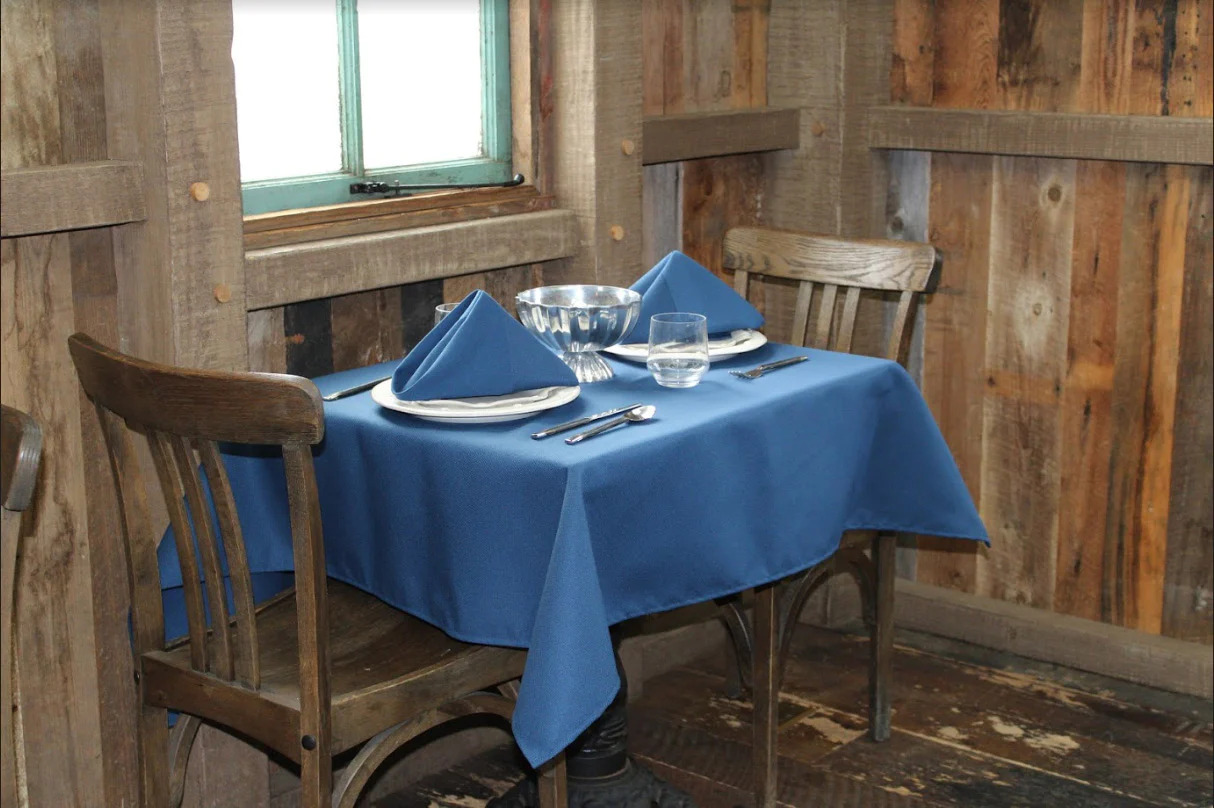
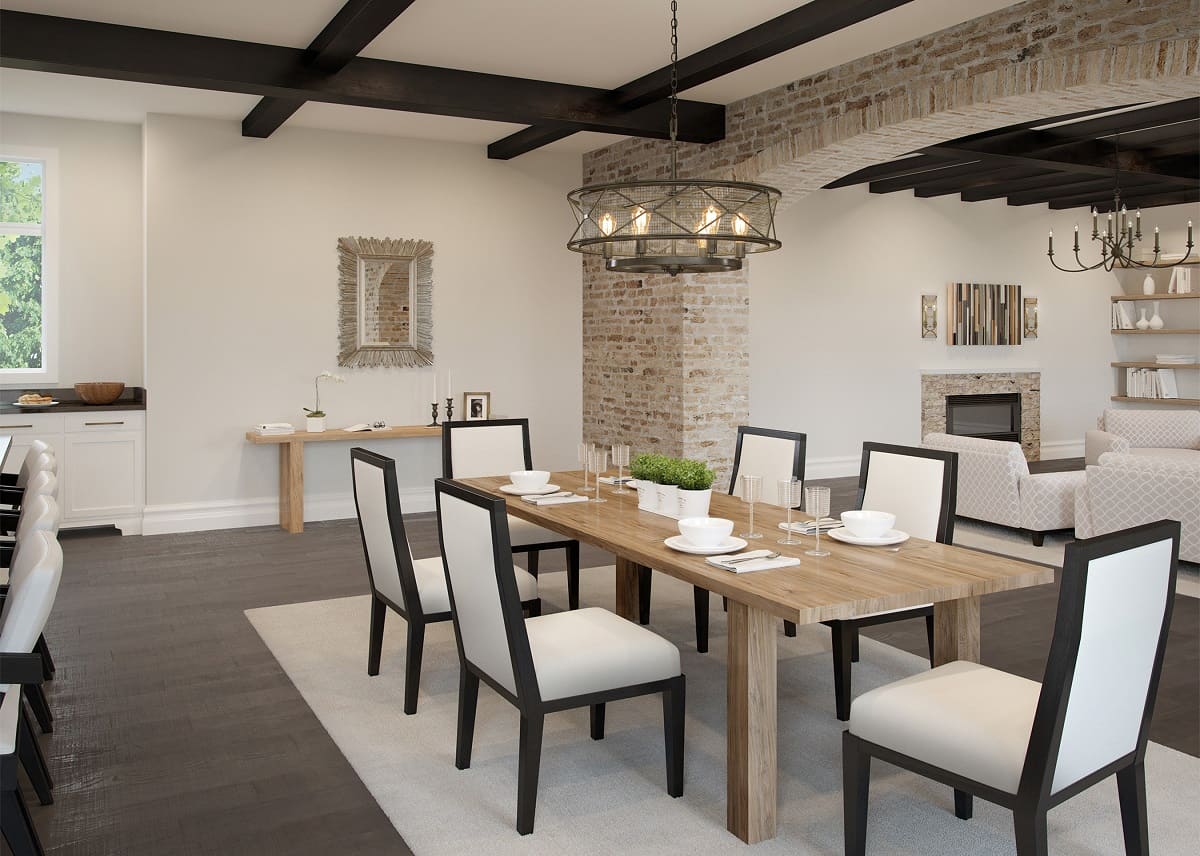
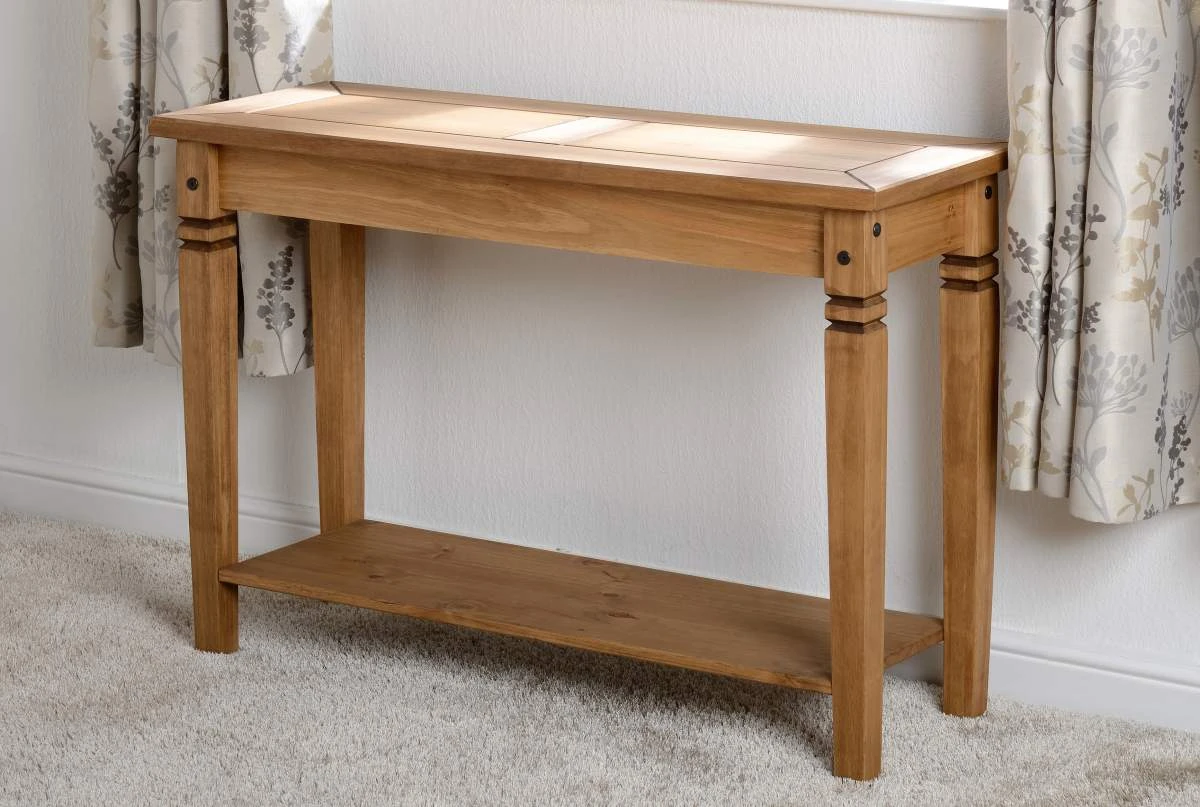
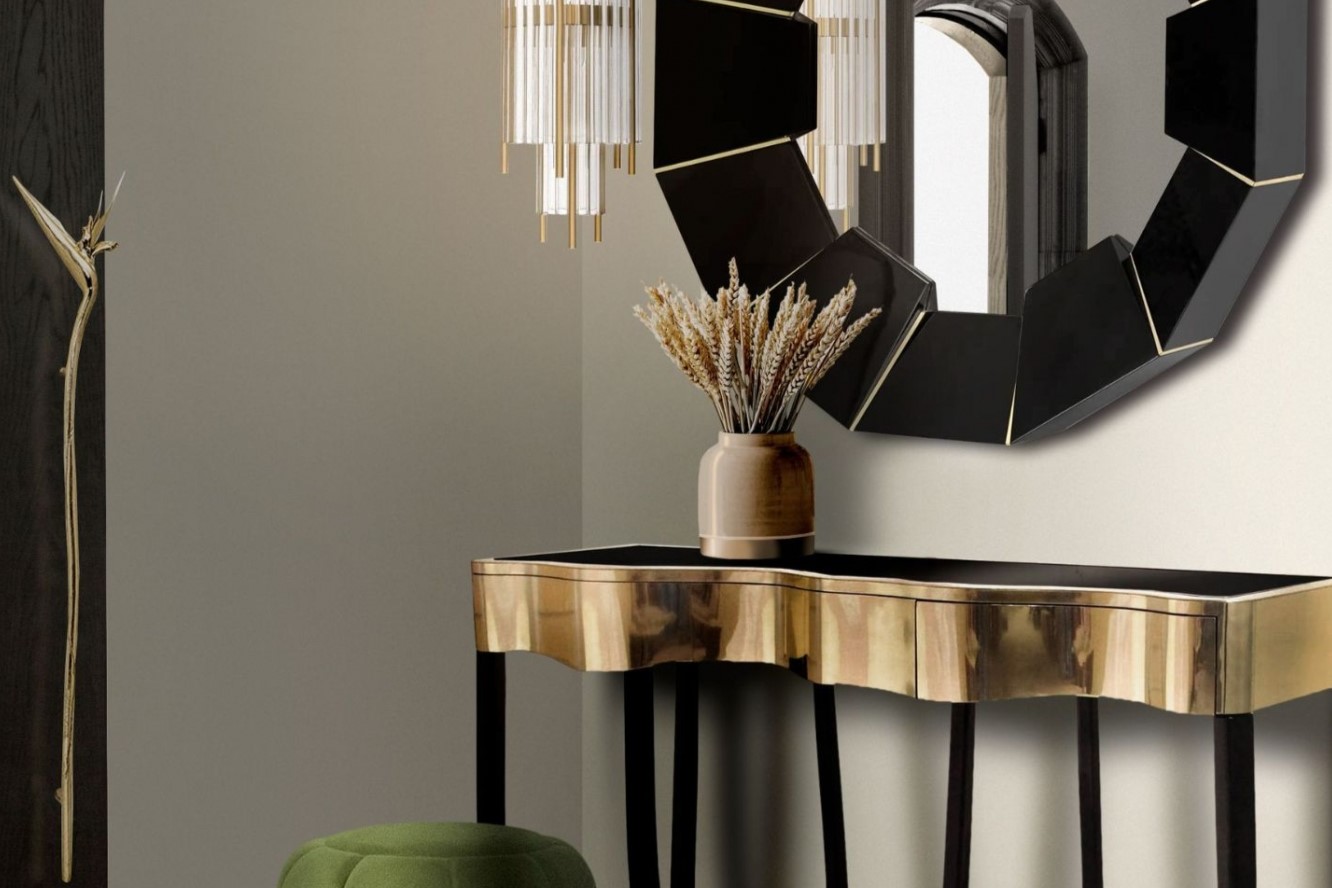
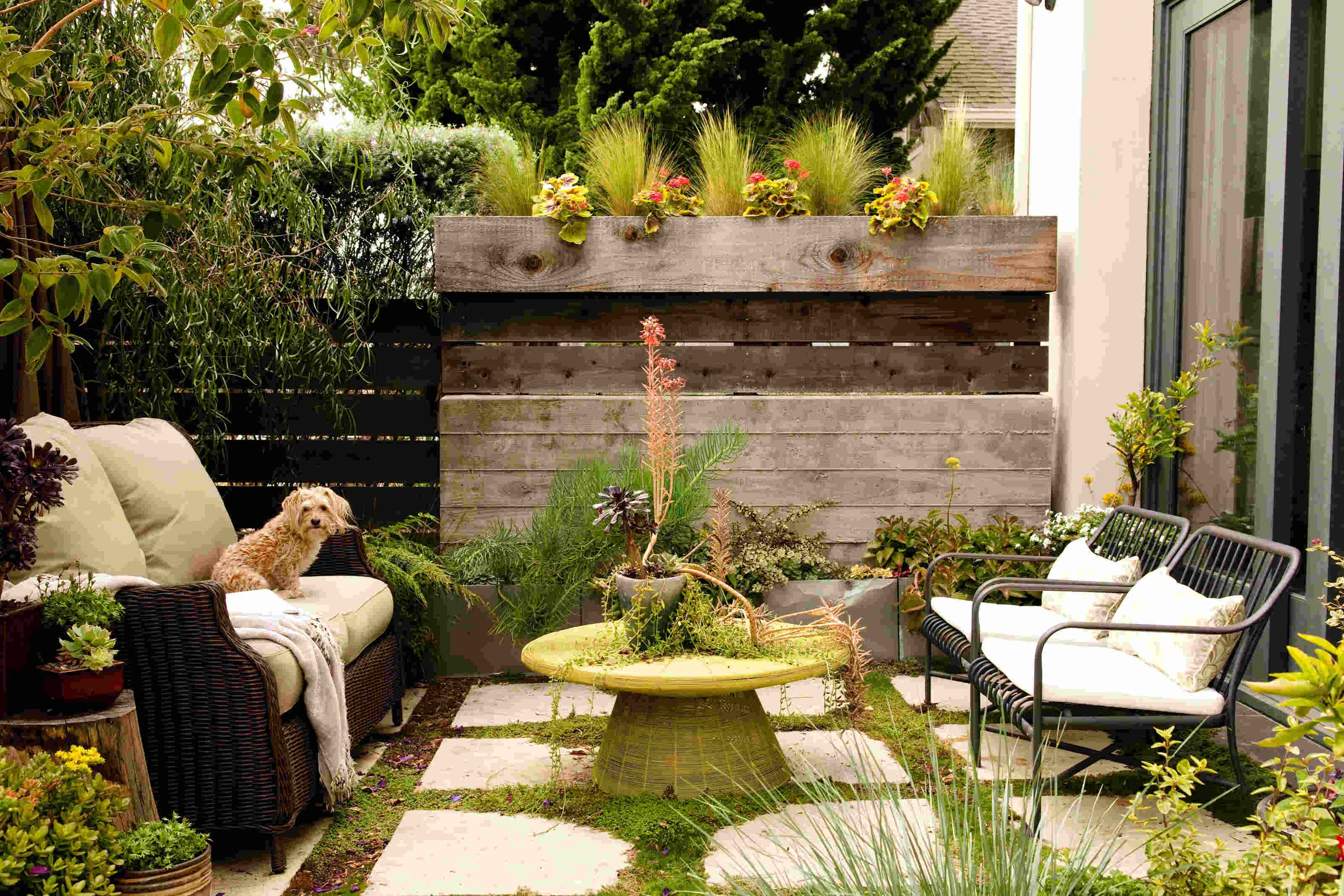

0 thoughts on “How Big Should A Mirror Be Over A Console Table”